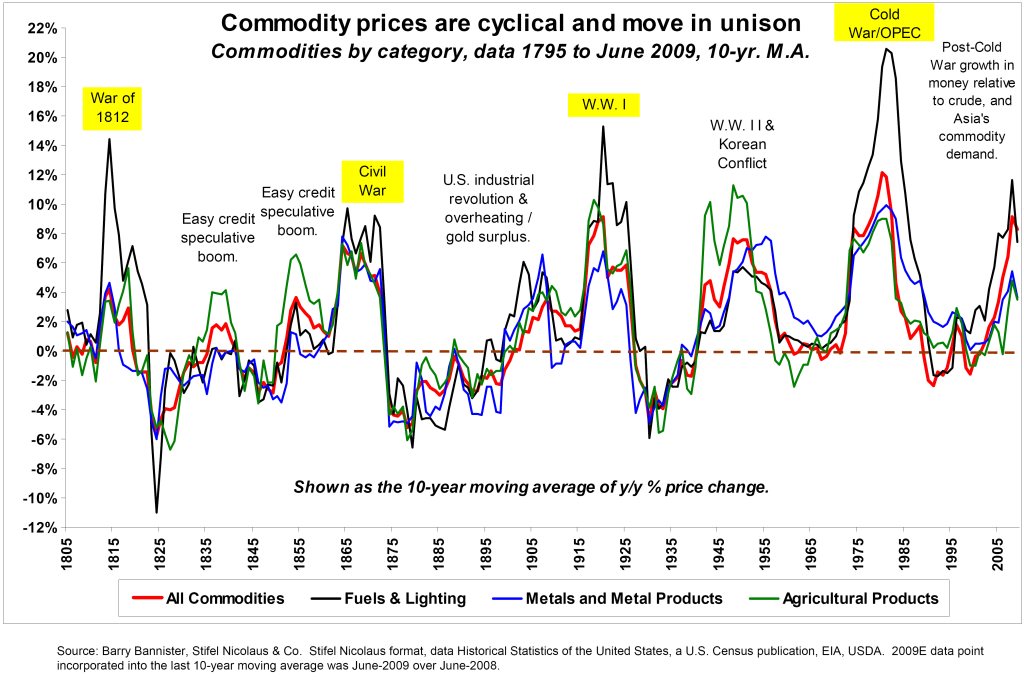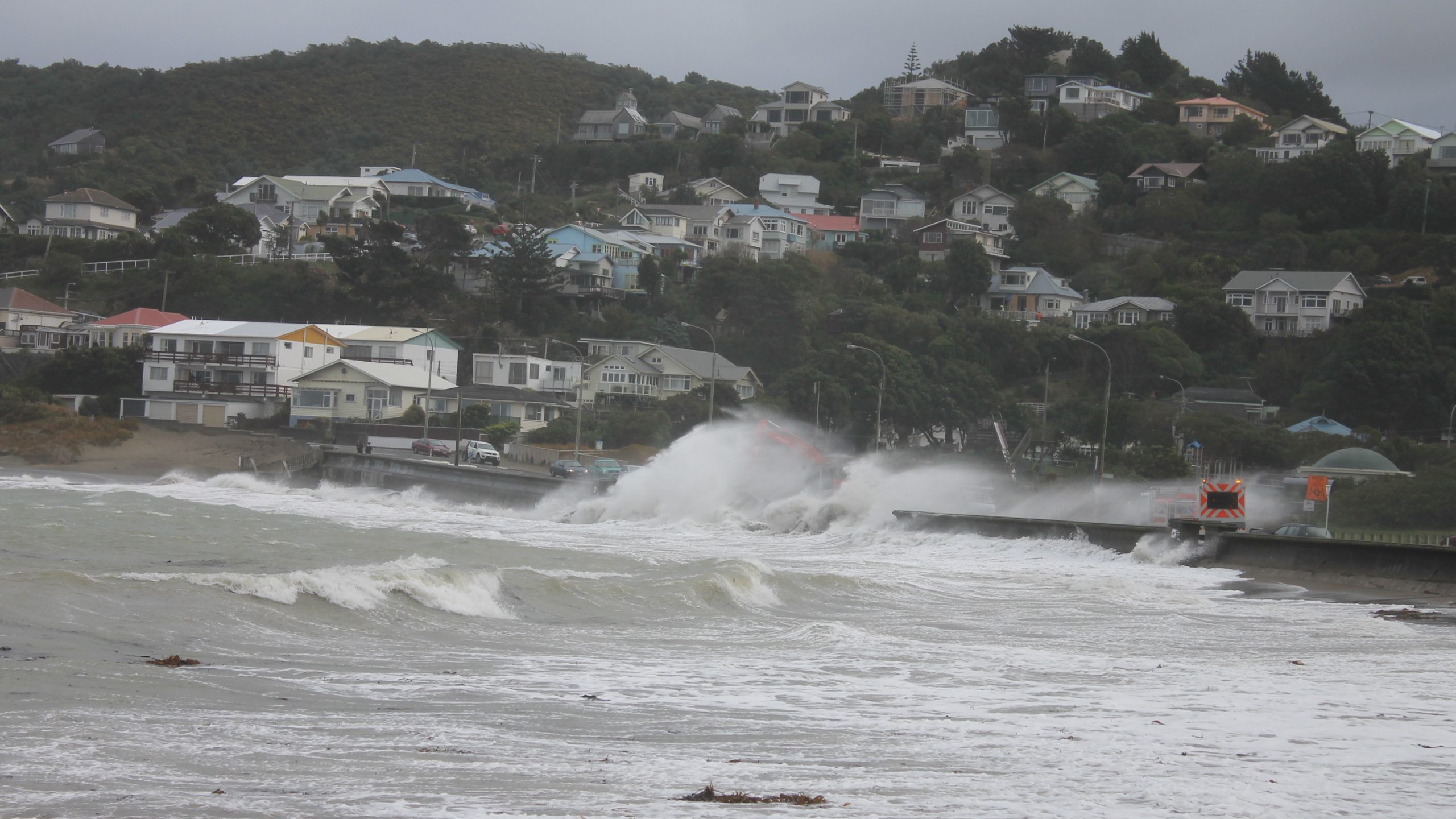Consumers want climate change to go away. We have very good reasons to expect that sensible climate engineering will make that happen.
We have an international agreement telling us exactly how climate engineering should begin. The 2015 Paris Climate Accord (also known as “The Paris Agreement”) calls for a balance between human-made emissions and removals of greenhouse gases. Carbon dioxide is by far the most important greenhouse gas because it’s the dominant cause of warming, and it stays in the atmosphere for many thousands of years.
Net CO2 emissions must fall to zero.
So why is this not happening? What do governments need to do?
Affordability
The most critical goal of government climate policy is to ensure the long-term affordability of energy. This is especially important for transportation, which depends on hydrocarbon fuels, mainly gasoline (petrol), kerosene (jet fuel), and diesel. Affordable transport, especially private cars, trucking, and aviation, is fundamental to the modern economy.
Whatever governments do, they must ensure that the transition from fossil fuels to CO2-neutral energy does not make people poor. We must preserve the benefits of technological progress. Many of those benefits have come about because people have cars, and they can drive them whenever and wherever they choose. There is no proof that alternative technology vehicles will fully replace today’s conventional vehicles. There is good reason to think they will be useful only in limited situations.
CO2-neutral hydrocarbons are more expensive than fossil hydrocarbons. Forcing people to immediately switch to CO2-neutral fuels would result in rapid fuel price increases, pushing some folk into poverty.
Harnessing Economic Growth
Governments need to harness the power of economic growth to ensure that fuel and other energy products remain affordable. Economic growth gradually improves the affordability of products and services, including products such as cars, gasoline, fridges, and electricity. I’m talking here, about “per capita” economic growth. This is the long-term, gradual improvement in the buying power of our earnings. An economist would correct my English. They would say I’m talking about “productivity growth”. The main driver of productivity growth is technological improvement. Technological improvement allows some people to achieve more in their day to day work, which ultimately benefits everyone.
Government policy needs to ensure that fossil fuels are phased out slowly, allowing enough time for productivity growth to cancel out the higher cost of CO2-neutral hydrocarbons. The time-scale may take into account the effect of technological development. For example, as fuel prices gradually increase, people may choose to buy more fuel-efficient vehicles, such as hybrids.
Fossil Fuel Prices
This is where politicians usually go wrong.
I am not saying they misunderstand some subtle nuance of climate engineering.
I am saying politicians get this totally, utterly, and completely wrong.
Here’s what should happen during the transition from fossil fuels to CO2-neutral fuels:
Government policy needs to minimise fossil fuel prices.
No, you are not imagining things.
I said*: Governments must ensure that fossil fuels are as cheap as possible!
Why?
Firstly, if government regulations limit the amount of fossil fuel that can be sold, consumers will have to satisfy additional needs with CO2-neutral fuel or other energy products. Even if fossil fuels are given away free, the sales limit restricts the amount of fossil fuels that can be sold in any given year. The limit gradually falls, year after year, until it reaches zero. Suppliers can not increase fossil fuel sales, no matter how hard they promote fossil fuels, or how much they lower the price. Low fossil fuel prices will not endanger our efforts to stabilise the terrestrial climate.
Secondly, the cost of making CO2-neutral fuel depends on fossil fuel prices. This is the part that politicians usually don’t get. It’s critical to understanding how the fossil fuel phase-out must work.
Everything that humans make requires energy. Almost all energy in today’s economy comes from fossil fuels. If the price of energy goes up, so too does the price of things like steel, concrete, glass, silicon, fibreglass, copper, and everything. CO2-neutral energy facilities are made out of things such as steel, concrete, glass, silicon, fibreglass, copper, and so on. The cost of CO2-neutral fuel depends on the cost of building CO2-neutral energy facilities.
Anything that increases fossil fuel prices, also increases CO2-neutral fuel prices.

To maximise affordability, government policy needs to minimise fossil fuel prices.
That’s not a misprint!
Governments must ensure that fossil fuels are as cheap as possible!*
Fossil Fuel Sales Limit
Properly designed rules and regulations will limit fossil fuel sales without restricting fossil fuel production. This will force fossil fuel producers to compete for an ever-shrinking market: Those who are prepared to sell at the lowest prices will dominate the market. Producers with highest production costs won’t be able to earn a profit, and will be the first to stop fossil fuel production. Over the course of the phase-out, fossil fuel prices will gradually fall. This will tend to reduce the cost of CO2-neutral fuels and other commodities.
During the phase-out, CO2-neutral fuel prices will be significantly higher than fossil fuel prices. It seems to me that fuel will need to be blended. Consumers will buy fuel which contains a mix of fossil and CO2-neutral components. Motorists won’t know or care exactly what percentage of their gasoline is CO2-neutral, at least until the day when gasoline advertisements announce that, “our gasoline is now 100 percent CO2-neutral!”
No New Inventions are Needed
The fossil fuel sales limit will gradually remove fossil fuels from our energy markets. According to market theory, fuel producers will compete to develop new, more economical ways to make and sell CO2-neutral fuels. Innovation and competition will ensure that enough fuel and energy products will always be available. Market theory says that no-one who can afford fuel for their car will be forced to go without.
Unfortunately, many people find this hard to believe.
That’s not surprising. The theory sounds very much like: “Don’t worry. She’ll be right.” We need concrete proof that energy producers will be able to make and sell CO2-neutral fuels.
The truth is no new inventions are needed. Hopeful entrepreneurs have proven that they can make CO2-neutral versions of all existing fossil fuels: natural gas, LPG, gasoline, diesel, jet fuel, hydrogen, and so on. A decade ago I published a case study on liquid fuels. I intentionally chose the most expensive production processes, and I assumed all existing liquid fuels would need to be replaced with true hydrocarbons that are direct CO2-neutral replacements for today’s fossil fuels. To make things even more difficult, I completely ignored alternative-technology vehicles such as battery-powered cars. The DriveSolar scenario shows that CO2-neutral “direct cycle”** hydrocarbons can fully satisfy demand for liquid fuels, even when the world’s population reaches eleven billion people and everyone who wants a car owns at least one car, and can drive it without getting stuck in traffic. The supply of direct cycle fuels is practically unlimited, which means future motorists will never need to feel guilty for burning up a finite resource.
Some renewable electricity enthusiasts claim that renewable electricity is now cheaper than electricity from coal-fired power plants. I’ll believe that when electricity companies voluntarily shut down all their coal and gas-fired power stations. Certainly, solar and wind prices have fallen significantly in recent years, but these technologies are not yet out-competing fossil fuels. That’s why the fossil fuel phase out needs to cover all fossil fuels, not only liquid hydrocarbons.
A Diverse Transition
A fossil fuel sales limit will create growing demand for CO2-neutral fuel. Market conditions will force energy producers to introduce the least expensive products first. They have an enormous range of options. Many of the cheapest options are made from resources that can satisfy only part of the total demand. For example, in the field of liquid hydrocarbons, we have at least the following options (listed from cheapest to most expensive)
- Synthetic fuels made from rubbish (very limited supply)
- Synthetic fuels made from biomass purpose-grown on land (limited supply)
- Direct-cycle synthetic fuels made with natural hydrogen (about 50 years supply)
- Direct-cycle synthetic fuels made with renewable energy (limitless supply)
This list ignores options such as “traditional” biofuels (ethanol and biodiesel), hydrogen, battery-electric vehicles. People will choose to buy these products if they offer significant advantages over conventional vehicles running on CO2-neutral hydrocarbons. However, alternative vehicles and alternative energy products are optional: It doesn’t matter if no-one buys them.
The fossil fuel phase-out needs to begin soon, otherwise climate engineers will have trouble keeping human-made warming below 2 °C. Some scientists warn that exceeding 1.5 °C could mean trouble, never mind what might happen if human-made warming goes above 2 °C.
We are technorg.
* I’ve been saying this since 2010.
** Direct-Cycle fuels are made with CO2 directly extracted from the atmosphere, or from sea-water.
